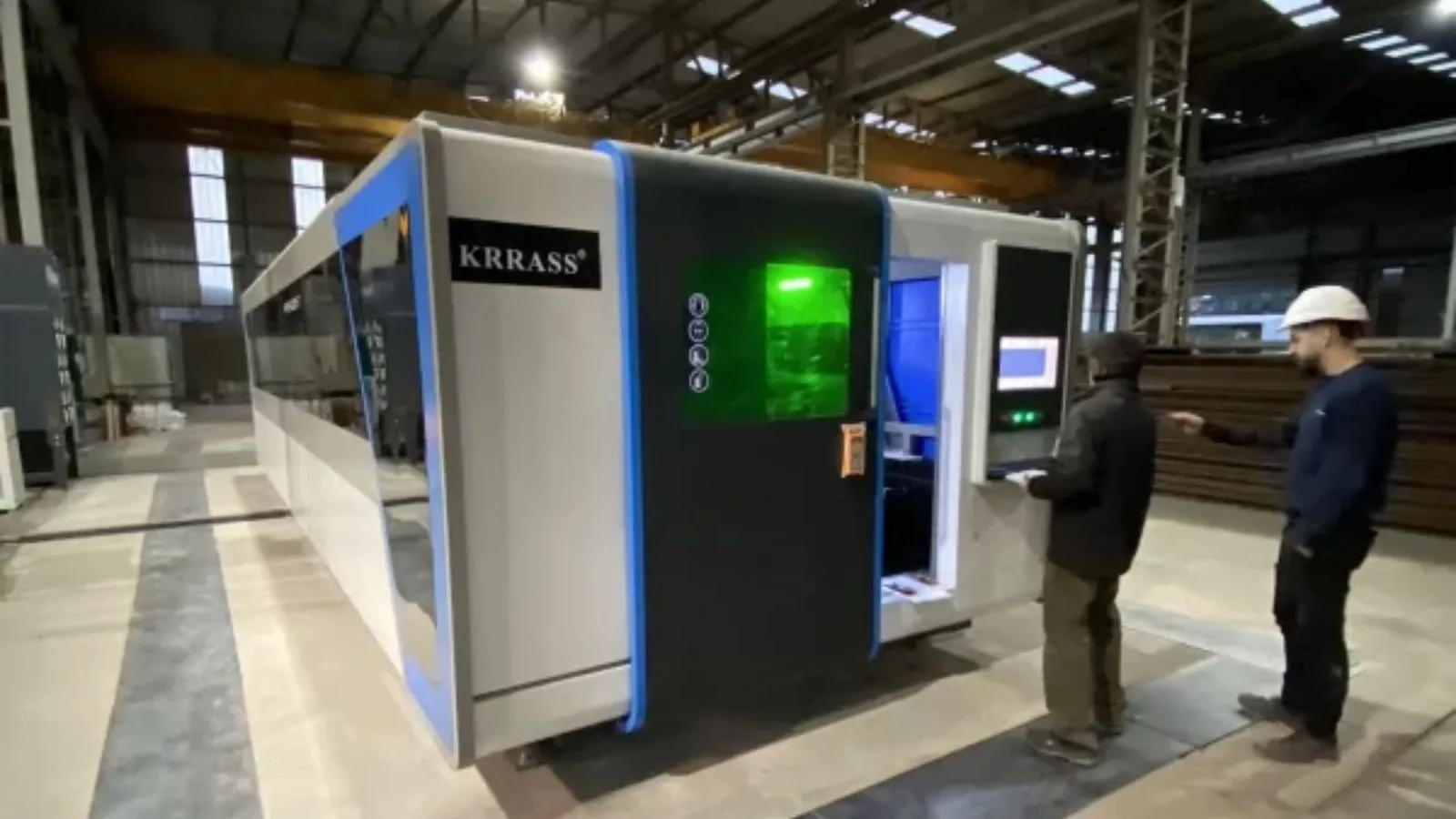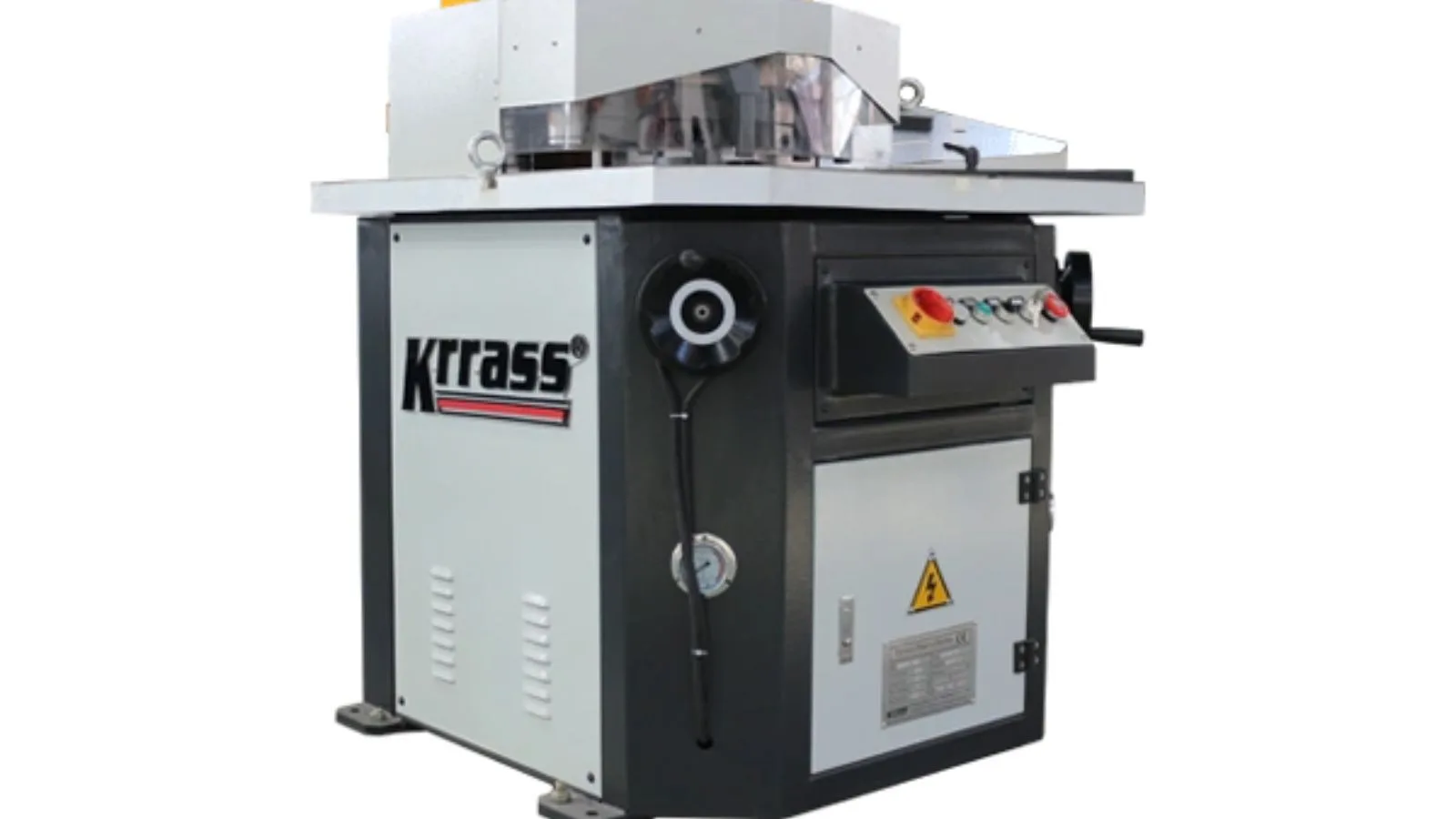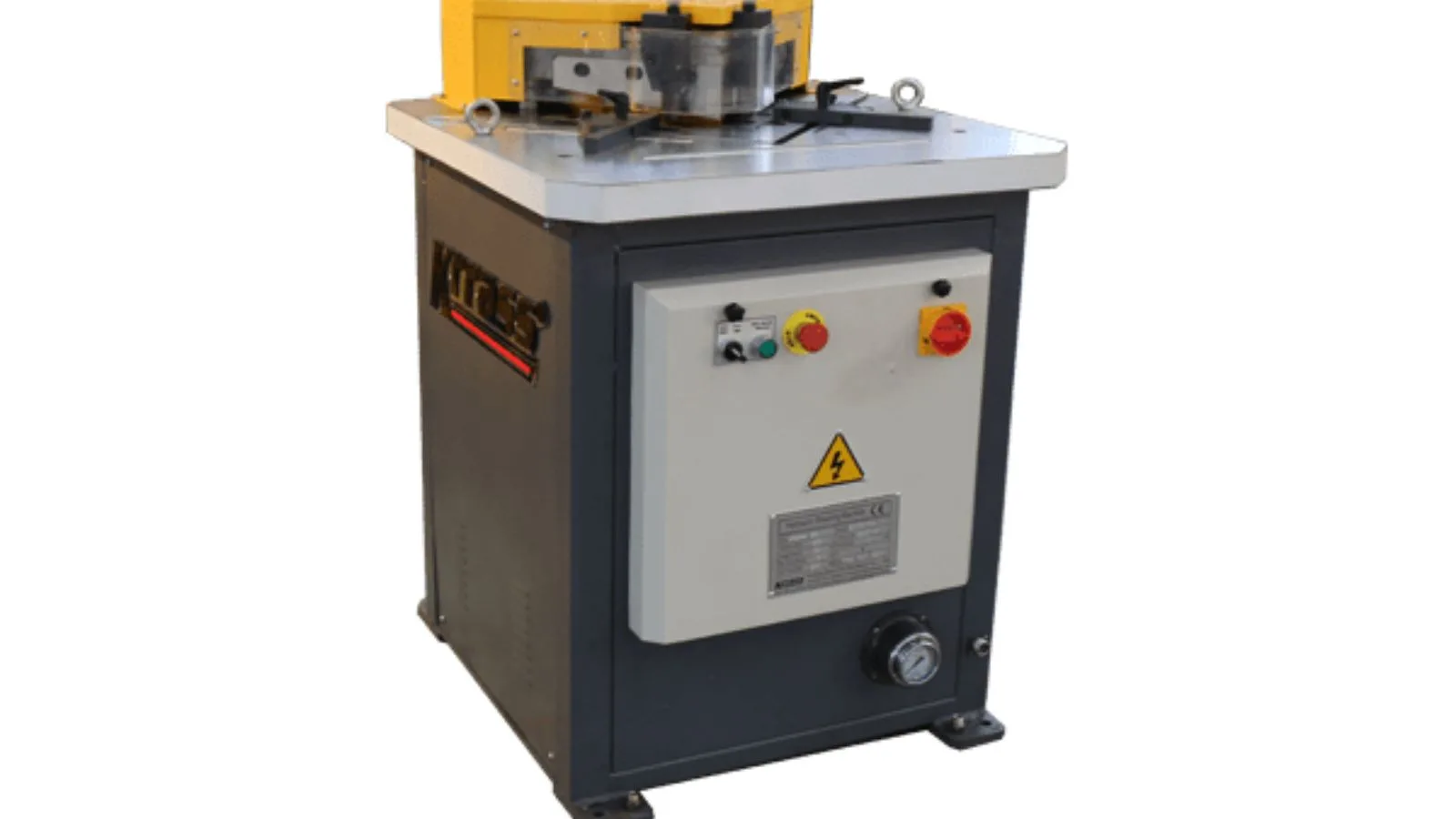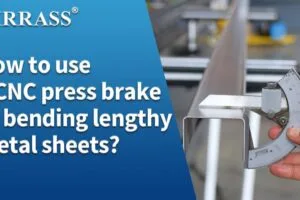Notching machines are essential tools in various industries, including metal fabrication, automotive, aerospace, electronics, and construction. They are used to create precise and clean notches in a variety of materials, such as sheet metal, plastic, wood, and composites. Notching machines can be either manual or automated. Manual notching machines are operated by hand, while automated notching machines are powered by a motor or hydraulics. Automated notching machines are typically more efficient and productive than manual notching machines.
Table of Contents
1.Key Technical Features of Notching Machines
2.Key Techniques for Enhanced Productivity
4.Information Technology and Data Management
5.Benefits of Enhanced Productivity:
1.Key Technical Features of Notching Machines
Notching machines vary in size and configuration, impacting their performance and productivity. Key technical features to consider include:
Throat Depth: Determines the maximum distance between the machine's frame and cutting blade, allowing for notching of larger workpieces.
Material Thickness Capacity: Crucial for cutting through different material types like mild steel, stainless steel, aluminum, or plastics. Machines may have varying thickness capacities.
Tonnage: Refers to cutting force, crucial for handling thicker materials and complex notch shapes.
Stroke Length: Determines the maximum distance the ram travels during cutting, impacting notch depth.
Speed (SPM): Measured in strokes per minute, higher speeds increase productivity.
Accuracy: Crucial for producing precise and consistent notches, affected by factors like blade sharpness, machine alignment, and workpiece positioning.
Safety Features: Essential for safe operation, including guards, interlocks, and emergency stop buttons.
2.Key Techniques for Enhanced Productivity
To maximize notching machine productivity and efficiency, a combination of best practices and technical considerations is essential. Here are key techniques to enhance productivity:
Selecting the Right Machine:
- Analyze project requirements including material type, thickness, notch size, and volume.
- Consider machine technical features like throat depth, tonnage, stroke length, speed, and accuracy.
- Evaluate cost, availability, and maintenance needs, seeking advice from manufacturers or experts.
Optimizing Tooling and Setup:
- Choose appropriate tooling based on material and notch specifications.
- Maintain tooling regularly to ensure optimal cutting performance and longevity.
- Adjust machine settings for precise and consistent notches.
- Use workholding fixtures for secure workpiece positioning.
Implementing Efficient Processes:
- Develop standardized operating procedures for safe and efficient operation.
- Train operators on machine operation, safety, and material handling.
- Optimize material flow and handling to minimize downtime.
- Implement quality control measures to verify notch accuracy.
Maximizing Uptime and Maintenance:
- Schedule regular preventive maintenance following manufacturer guidelines.
- Monitor machine performance and address issues promptly.
- Keep the machine clean to prevent damage and ensure smooth operation.
- Use predictive maintenance techniques to anticipate problems.
Leveraging Advanced Technologies:
- Integrate automated systems for feeding and unloading to streamline production.
- Consider CNC systems for precise notch positioning and control.
- Explore advanced technologies like laser cutting for high precision and complex notch shapes.

3.Case Studies:
1. Automotive Industry:
A major automotive manufacturer implemented a lean manufacturing approach in its notching operations, resulting in a 25% reduction in production time and a 15% increase in productivity. This was achieved through a combination of factors, including:
- Investment in high-speed, automated notching machines.
- Implementation of standardized work processes and quality control measures.
- Training of operators on efficient
2. Electronics Manufacturing:
A printed circuit board (PCB) manufacturer faced challenges with maintaining consistent notch quality and minimizing material waste during production. They addressed these issues by implementing the following:
- Upgrading to a notching machine with improved accuracy and repeatability features.
- Utilizing vision inspection systems to automate notch dimension verification and identify potential defects.
- Implementing nesting software to optimize material usage and minimize scrap generation during the notching process.
3. Construction Industry:
A steel fabrication company required increased production capacity for metal framing components with various notch configurations. They addressed this challenge by:
- Integrating an automated notching line with multiple stations for different notch types.
- Implementing a robotic material handling system to automate workpiece loading and unloading.
- Utilizing CAD/CAM (Computer-Aided Design/Computer-Aided Manufacturing) software to create digital models of notches and automatically generate machine control programs.
These case studies illustrate how diverse industries can benefit from utilizing advanced techniques and best practices to enhance notching machine productivity.
https://youtu.be/C_RJJxOprUQ
4.Information Technology and Data Management:
In today's industrial environment, leveraging information technology (IT) and data management plays a crucial role in optimizing notching machine performance. Here's how:
- Machine Monitoring and Data Analysis: Implement real-time monitoring systems to track key performance indicators (KPIs) such as machine uptime, cycle times, and tool wear. Analyze this data to identify areas for improvement and implement preventive maintenance strategies.
- Production Planning and Scheduling: Utilize production planning software to optimize production schedules, prioritize jobs, and allocate resources efficiently.
- Digital Twins and Machine Learning: Explore the use of digital twins, virtual representations of the notching machine, to simulate production processes and optimize cutting parameters. Machine learning algorithms can analyze historical data to predict potential machine failures and recommend preventative actions.
5.Benefits of Enhanced Productivity:
By implementing the techniques and solutions discussed in this article, companies can achieve significant benefits from improved notching machine productivity. These benefits include:
- Increased Production Output: Higher production volumes allow for fulfilling larger order quantities and meeting tight deadlines.
- Reduced Production Costs: Improved efficiency leads to lower labor costs, minimized material waste, and reduced maintenance expenses.
- Enhanced Product Quality: Consistent and precise notches contribute to overall product quality and performance.
- Improved Work Safety: Implementing safety measures and training operators creates a safer work environment.
- Increased Overall Competitiveness: Increased productivity translates to lower production costs, faster turnaround times, and a more competitive edge in the market.

6.Conclusion
Notching machines are integral to the productivity and efficiency of various industries. By understanding the key technical features of different machines, selecting the right equipment for the job, implementing best practices in tooling and work processes, and leveraging advanced technologies, companies can significantly enhance their notching machine productivity. This translates to increased output, reduced costs, improved quality, and ultimately, a more competitive business.
KRRASS Notching Machine: The Ultimate Solution for Boosting Your Productivity
KRRASS, a global leader in notching machine manufacturing, is dedicated to providing high-performance and efficient solutions to customers. The KRRASS Notching Machine series embodies this commitment, offering a range of advantages that set it apart from the competition:
Unmatched Performance:
Advanced servo motor control system ensures high-speed, high-precision notching operations.
Innovative tool design and automatic feeding system dramatically improve production efficiency.
Superior quality materials and manufacturing processes guarantee machine durability and longevity.
Comprehensive safety features protect operators, ensuring a safe working environment.
Versatile Applications:
KRRASS Notching Machines find extensive use in diverse industries, including automotive, electronics, aerospace, and construction, meeting various material and size requirements.
The Smart Choice for Your Business:
If you seek a high-performance, highly efficient notching machine, the KRRASS Notching Machine is the ideal choice. It empowers your production to reach new heights, delivering a significant competitive advantage.
Contact KRRASS today to learn more about our exceptional Notching Machines and unlock your full production potential!
Contact Information:
Website: https://www.krrass.com/
Phone: +86-189-5208-7956
Email: [email protected]
KRRASS – Your Partner in Notching Machine Excellence!




